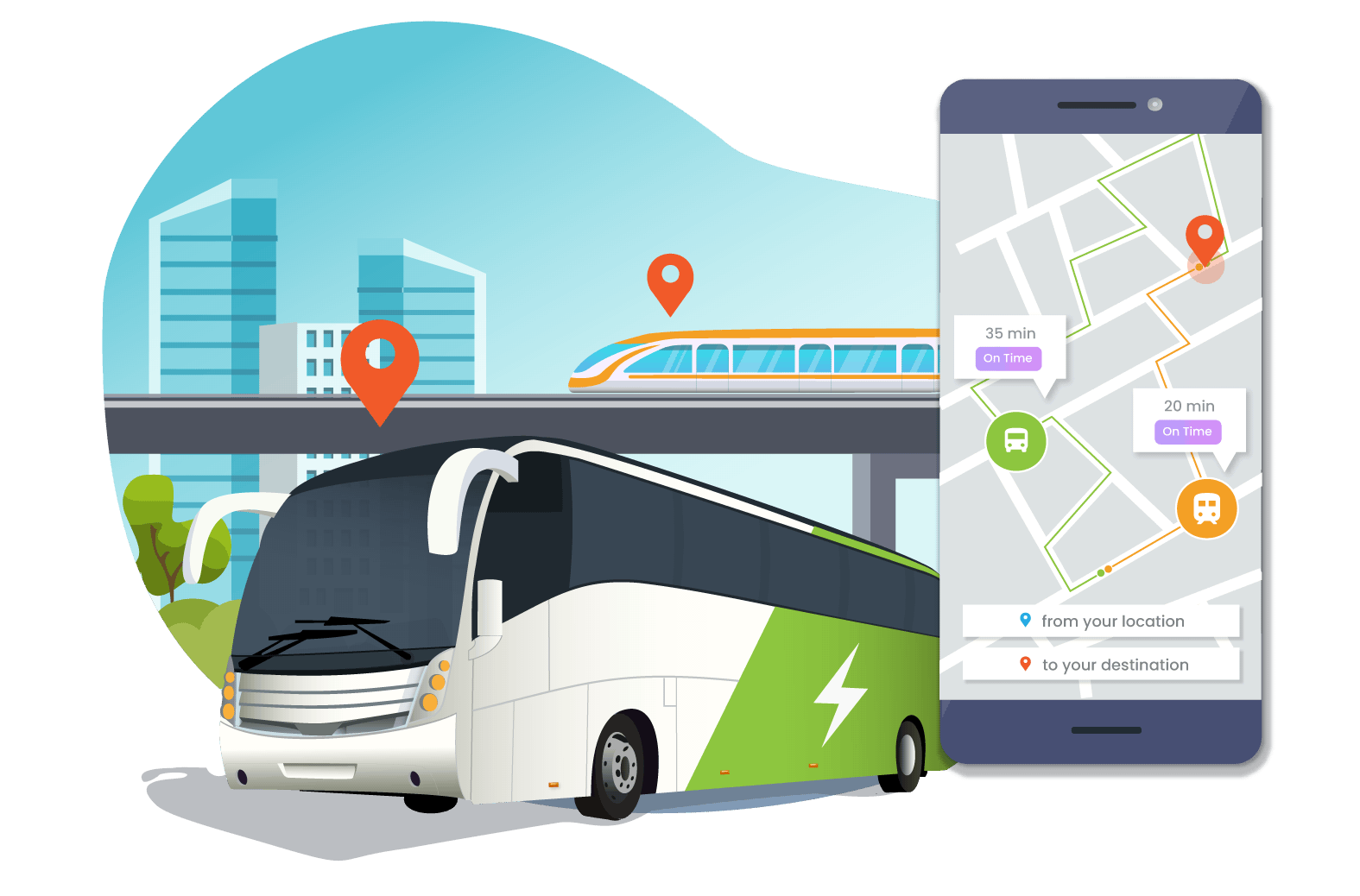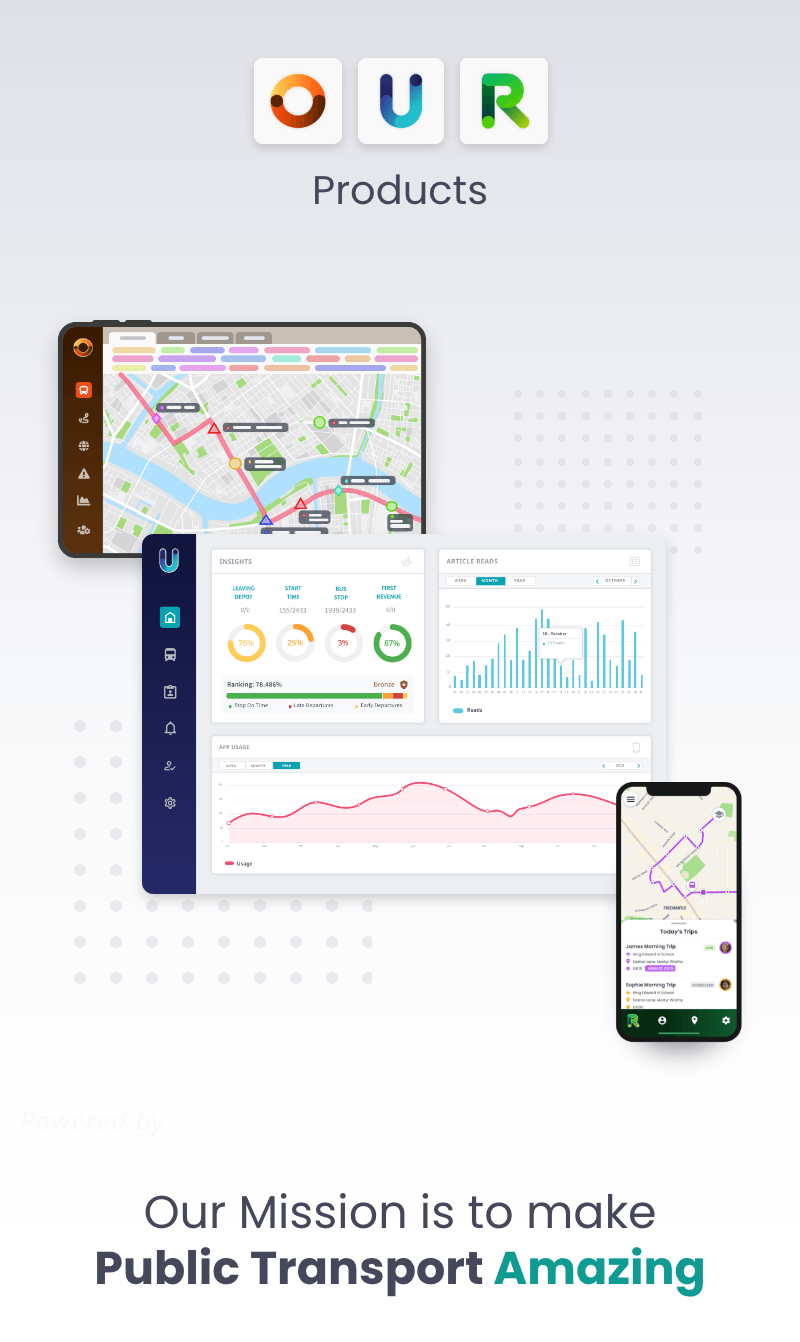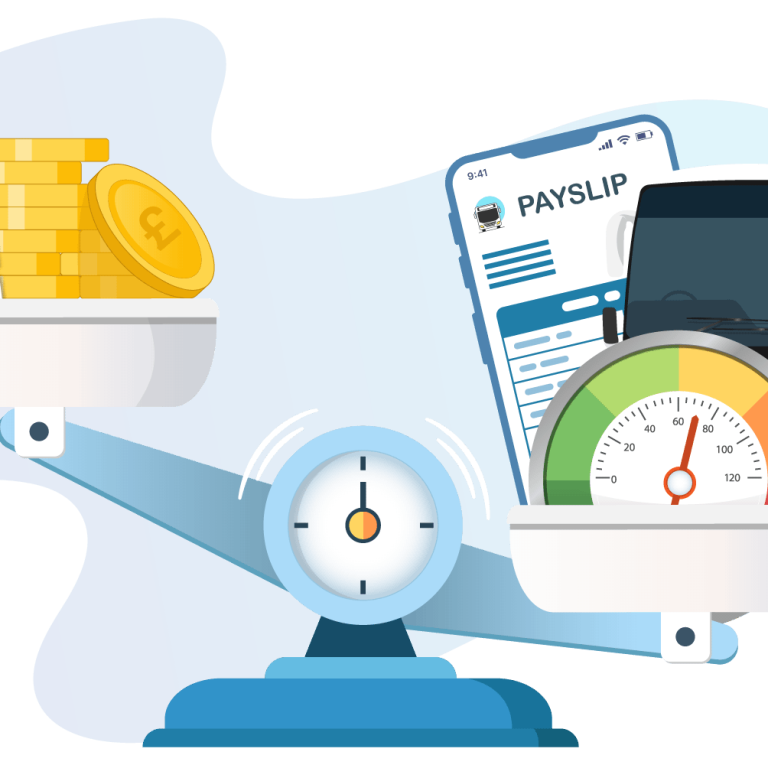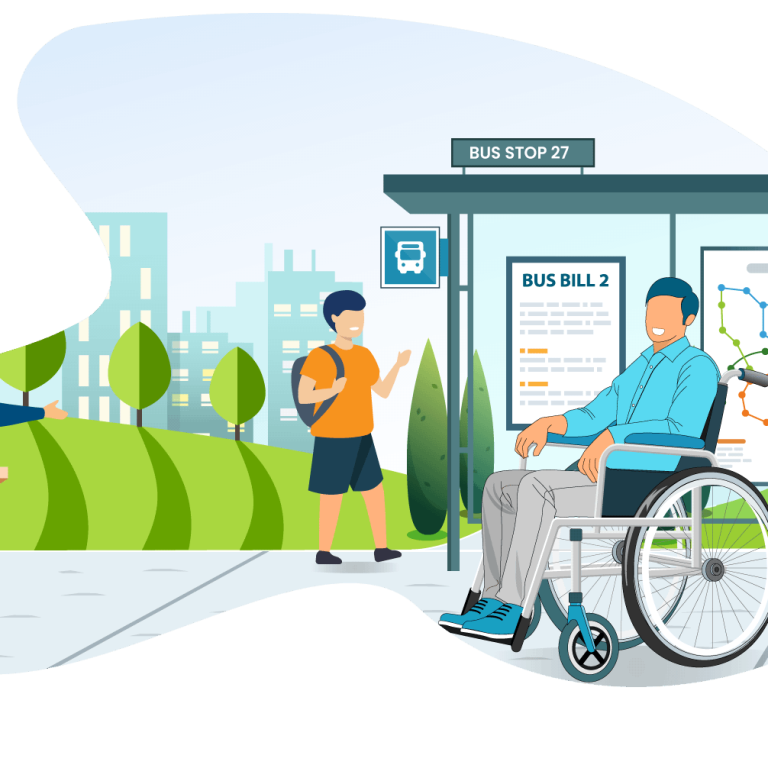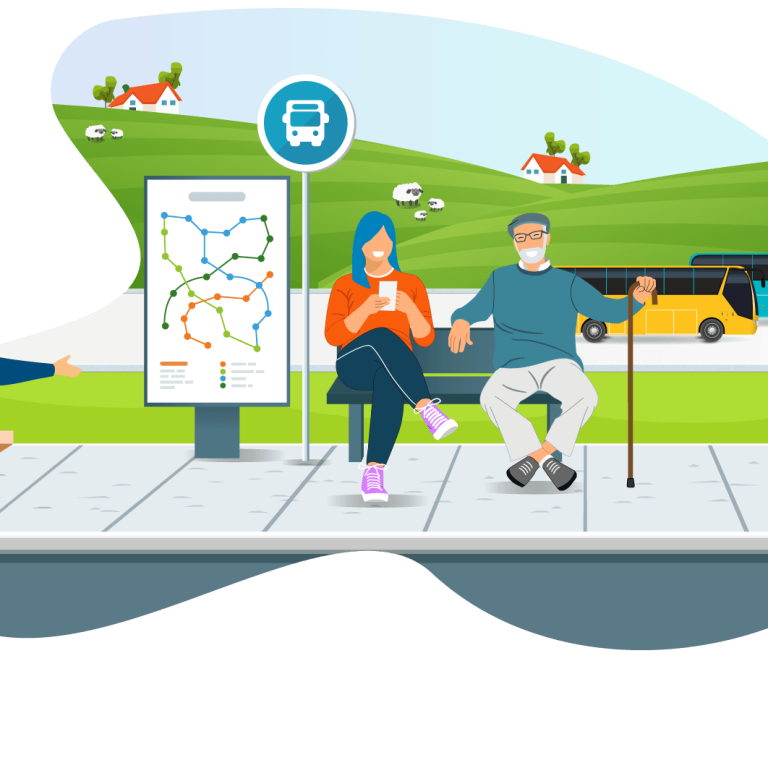Environmentally friendly vehicles
With the threat of climate change and dwindling resource of fossil fuels, the bus & coach sectors are following in the footsteps of trains and trams as they look to alternative forms of fuel such as hydrogen, hybrid systems and fully electric vehicles to reduce the amount of pollution created and prepare for a future without petrol or diesel powered vehicles.
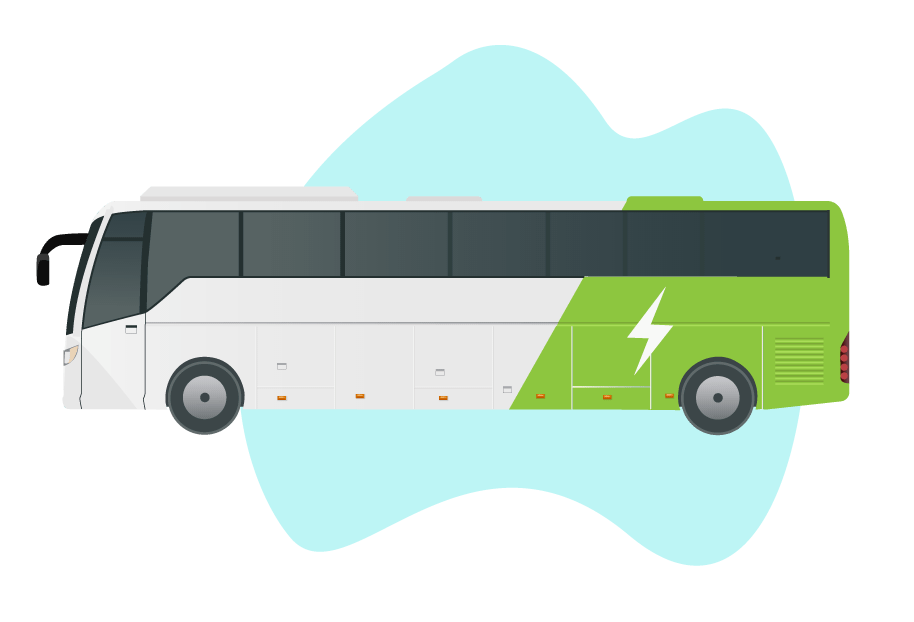
Efficiency in multivehicle journeys
The popularity of cars as a way of getting around city centres has always caused huge disruption due to congestion. So much so that cities are looking to deter people from driving into city centres through regulations such as congestion charge zones and instead use alternative transport when travelling in. This will mean we see a natural shift towards using more alternative modes of transport such as buses, taxis, trains, bikes and also the most recent new transport solution; electric scooters.
Park & ride services are popping up more and more to encourage the public to use public transport for the final part of their journey into the city.
There is also the notion that eventually cars will be replaced altogether when using multi-transit solutions becomes more efficient and cheaper than taking personal vehicles. Cars will still be used however they will be hired using an on-demand app service. Also, people will use apps to calculate the fastest route using multiple forms of transport, which they will then pay for as and when they require them. Saving money for the consumer and decreasing the number of cars on the road making them safer.
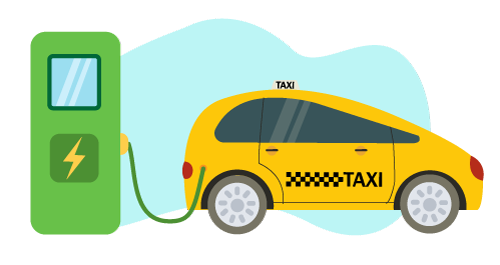
Real-time service tracking
We are already seeing a massive surge towards real-time data tracking. These days people need to know. They don’t just want to know how far away a vehicle is but also where it is, how fast it is going, what is the ETA and whether there are any delays. Knowledge saves time, allows for alternative options to be made and creates peace of mind. Simply saying ‘Delayed’ on a sign is no longer sufficient and causes distrust. At least knowing what’s going on allows customers to accept the disruption and relax more rather than being on edge. Data and service tracking improves the customers experience dramatically and helps increase patronage.
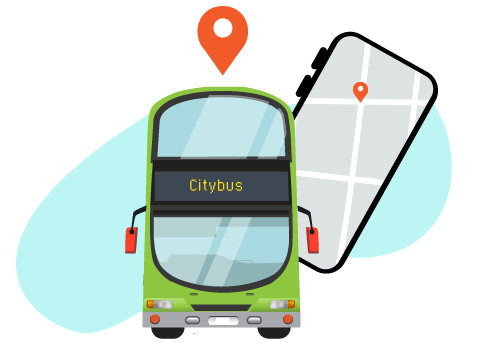
Cashless Society
The introduction of contactless payments into everyday society has seen the use of physical money and even the use of cards reduce dramatically.
This will only continue to innovate as QR code technology becomes more popular and we see all transport payments and tickets dealt with solely on people’s personal devices removing the need for physical tickets and machines as well as encouraging people to purchase e-tickets allowing time to be saved for passengers boarding and disembarking thus creating a more efficient service for everyone. It will also give companies data on which stops are more popular and at what times so they can accommodate for additional footfall.
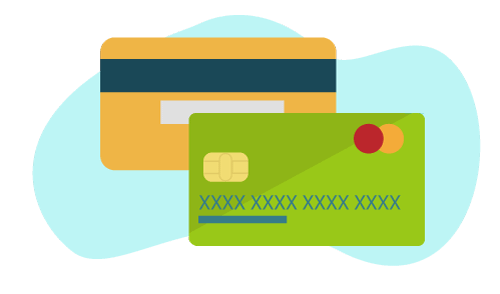
Demand driven services based on data analytics
For a long time, people had to conform to how things were and just had to accept it which meant that the convenience of cars pushed people away from using other transportation. However technological innovation and ease of access to industries has forced a more competitive market. As a result, customer experience has become the most important aspect of a company in order to determine success or failure.
Due to data visualisation services are moving from a static timetable based on assumtions to dynamic timetables based on actual demand e.g. additional services at peak times. Measuring efficiency using data analytics is saving companies huge amounts of resource whilst simultaneously making them more popular and giving them a competitive, cost effective advantage over their rivals.
Customer feedback can also not only be logged but also tracked so that the most important issues can be addressed first as a matter of urgency and help keep customers loyal to the services.
Not only this, but technology is also helping employees become better at their jobs, stay more connected while on the move and allowing them to have more freedom to communicate with their seniors and peers.

Additional security measures
Safety on transport has always been a problem particularly for those who are seen as vulnerable. Advancements in technology such as cameras will help keep people safe from accidents or disruptive passengers as well as the ability to raise an alert discretely when a situation is occurring which can be handled immediately or at the next stop.
People are more likely to use public transport if it is safer and cleaner, having camera installations and live feedback from customers to drivers will mean that these problems would be solved, and the experience would be better for all passengers.
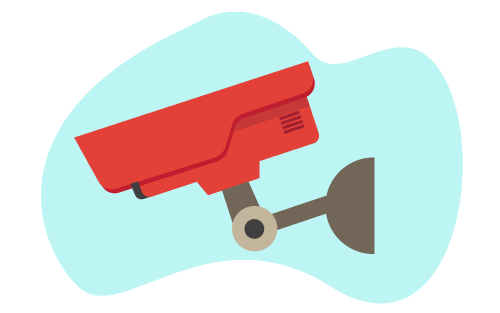
For more information about our applications and analytics solutions, click here.

